Advertisement
AI red-teaming is becoming a popular topic. However, many people are still unsure what it really means. AI red teaming is part of cybersecurity. The term "red teams" refers to groups that think like attackers to test. AI red-teaming uses AI testing systems to find weaknesses, risks, or harmful behavior. It is tested before hackers can take advantage of them.
Remember that cybersecurity methods are important in AI red-teaming because AI models can also be tricked. However, the meaning of AI red-teaming is still changing. To help you understand better, we will discuss AI red teaming in this article. So, keep reading!

AI red teaming is a process where experts act like hackers to test how strong and safe an AI system is. It helps find weaknesses in the AI. For testing, they pretend to be someone who wants to break or misuse the system. This kind of testing is very important as AI is now used in big areas like hospitals, banks, driverless cars, and many more. AI red teaming tries to copy real-life threats, unlike normal security tests. It's not just about checking code or passwords. It is about seeing how the AI behaves in risky or tricky situations.
The red team uses special tools and their knowledge to push the AI to its limits. They look for ways for someone to make the AI act in the wrong way or give harmful results. The main goal of AI red teaming is to make the system safer and stronger. It helps developers understand the weak points in their AI. This process helps fix problems and makes smarter decisions to reduce risk. Different companies and organizations use different ways to do red teaming. The goal is always the same: to protect AI systems from being misused or broken in the real world.
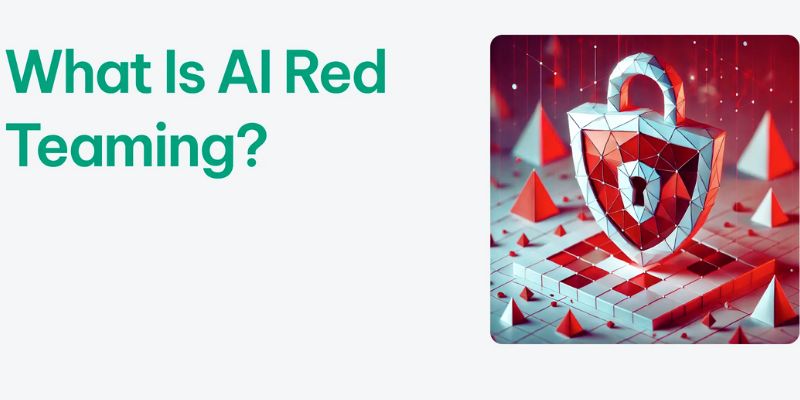
AI red teaming is a step-by-step process where experts test how safe and reliable an AI system is. There are different ways to do AI red teaming. Let's discuss them below.
After picking a method, the red team plans the test and decides what part of the AI to test. They determine what they are supposed to do and what threats to look for. Then they create fake attacks to test the AI, like confusing it, giving it false data, or a lot more. Next, they run these tests and watch how the AI reacts. After testing, they write a report showing the problems they found and suggest ways to fix them. Sometimes, they also help fix the issues and test again to make sure everything works properly.
Humans, machines, or both can do AI red teaming. Manual testing uses human creativity, while tools help test at a larger scale. Many AI red teaming tools support manual, automated, and hybrid testing. Here are some popular tools for AI red teaming.
These tools cannot fully replace skilled human testers, but they help save time and improve testing. They help with everything from gathering data to finding and testing possible threats. Using the right tools makes AI red teaming faster, easier, and more effective.
AI red teaming is important because every AI system can be attacked. Here are some simple examples:
AI red teaming is useful, but it also has some challenges. Let's discuss them below.
AI red-teaming is a useful and growing practice that helps keep AI systems safe and reliable. Testing AI models like an attacker would help you find and fix problems before they cause harm. It combines ideas from cybersecurity and AI to build stronger protections. However, the meaning of AI red-teaming can vary. Everyone needs to understand its value. As AI continues to grow, red-teaming will play a key role in spotting risks early and making AI more trustworthy.
Advertisement
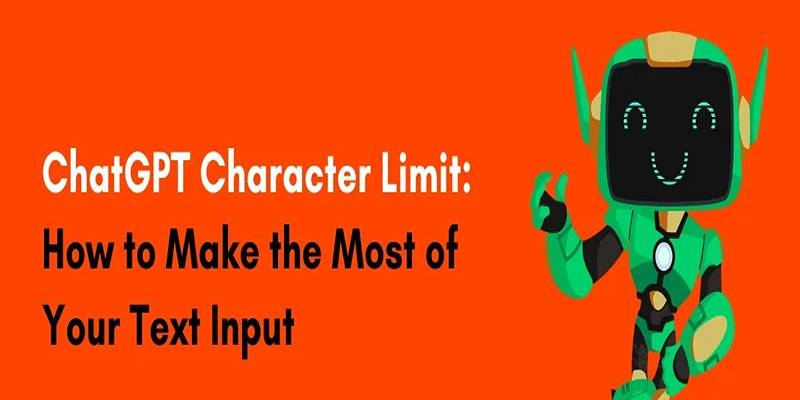
Learn ChatGPT's character input limits and explore smart methods to stay productive without hitting usage roadblocks.

Can ChatGPT really solve math problems? Discover its accuracy in arithmetic, algebra, geometry, and calculus.

Learn what AI red-teaming means, why it matters for AI safety, and how it helps find and fix risks in different AI systems

Adobe’s new AI features in Premiere Pro are revolutionizing video editing. Learn how AI can help with color matching, audio cleanup, and scene detection to save you time

How Microsoft Copilot lets you access GPT-4 Turbo for free. Learn step-by-step how to use Copilot for writing, research, coding, and more with this powerful AI tool
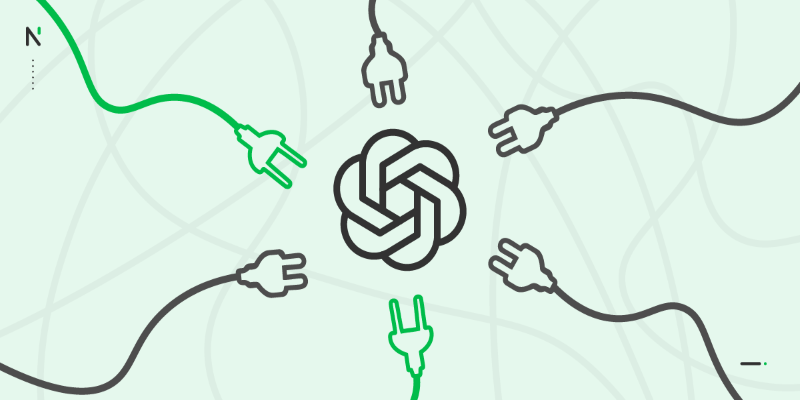
Ever wondered what plugins come standard with ChatGPT and what they're actually useful for? Here's a clear look at the default tools built into ChatGPT and how you can make the most of them in everyday tasks

Need a sharp, professional headshot without booking a shoot? Check out the best AI headshot generators in 2025 to create standout photos in minutes
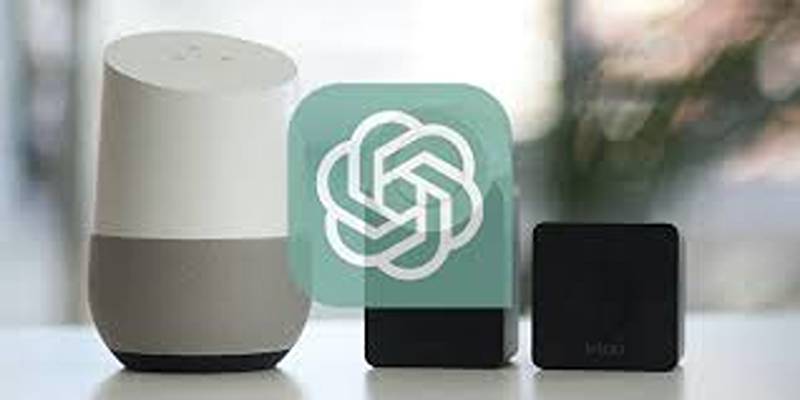
Discover how ChatGPT enhances smart home automation, offering intuitive control over your connected devices.
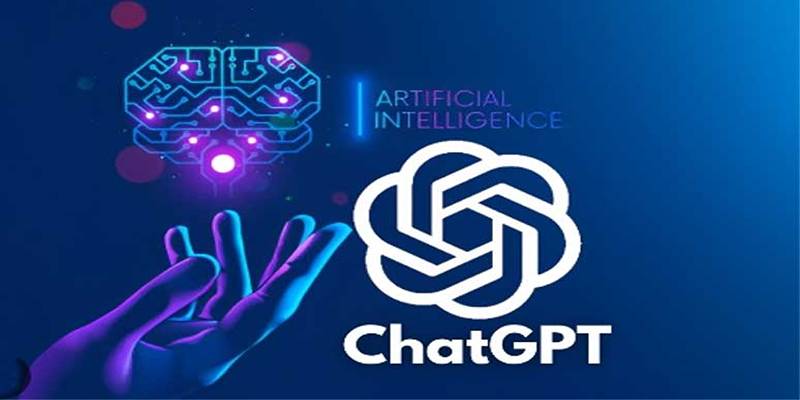
Use Custom Instructions in ChatGPT to define tone, save context, and boost productivity with customized AI responses.

This guide shows how to set up ChatGPT on Android and iOS for private, smooth, and on-the-go AI conversations.

What is a database, and why is it essential in managing information? Learn how databases keep data organized, secure, and accessible in everyday life

Explore 8 strategic ways to use ChatGPT for content, emails, automation, and more to streamline your business operations.